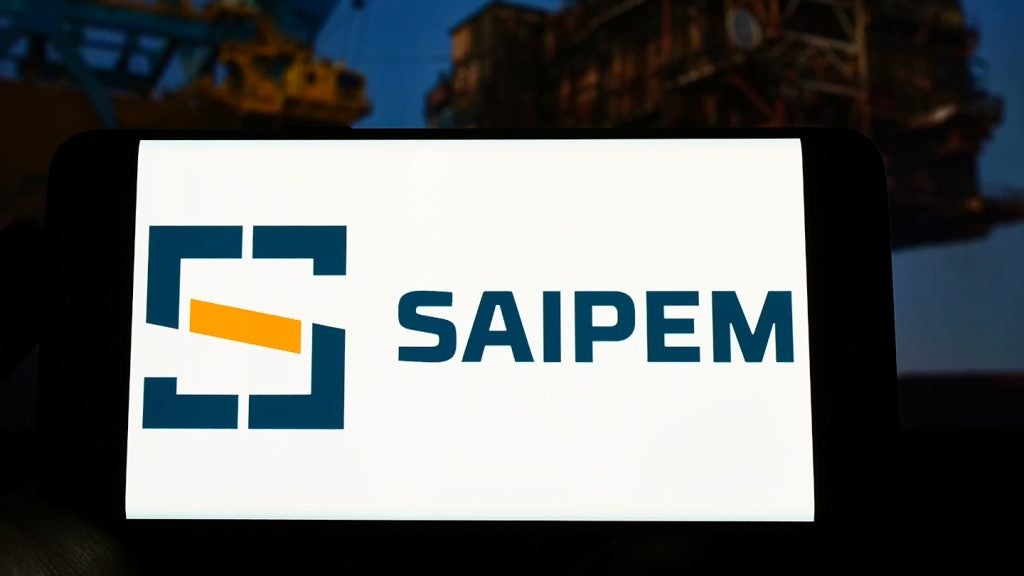

Last year saw a major milestone for the US Land and Water Conservation Fund (LWCF), which celebrated its fiftieth anniversary. Established by Congress in 1964, the fund was designed to protect the nation’s natural resources and outdoor recreation opportunities, and has met a wide array of conservation needs ever since.
Safeguarding land in forests, national parks, wildlife refuges, trails, and national battlefields, among others, the LWCF has supported projects in every state of America and several of the territories. For instance, its grants may be used to fund the development of local recreation facilities, or to prevent forestland from being turned over to developers. As America’s most essential federal conservation programme, it has certainly earned its stripes.
On the face of things, an onshore environmental programme may not seem to have much to do with the offshore sector. The LWCF, however, benefits from a distinctive funding structure. Each year, it reinvests a portion of the revenue from offshore oil and gas into conservation projects, totaling over $16bn to date.
"We always talk about this as a rather elegant construction," says Amy Lindholm, a senior specialist in LWCF policy. "You’re taking away non-renewable energy resources offshore and to offset that, the American public get the capital assets onshore across the country in many different places and in many different forms."
The petroleum arm of BHP Billiton has co-funded an AUD$5m research project on the Ningaloo Reef.
How well do you really know your competitors?
Access the most comprehensive Company Profiles on the market, powered by GlobalData. Save hours of research. Gain competitive edge.

Thank you!
Your download email will arrive shortly
Not ready to buy yet? Download a free sample
We are confident about the unique quality of our Company Profiles. However, we want you to make the most beneficial decision for your business, so we offer a free sample that you can download by submitting the below form
By GlobalData"There was a law passed in 1965, stating that a small proportion of royalties from oil and gas companies are invested to the LCWF," adds Mike Hacker, spokesman for the LWCF Coalition. "So we have a 50-year partnership of doing great things for conservation coast to coast."
Projects of note
These conservation efforts have been comprehensive in scope. One particularly successful project took place along Gauley River and New River in West Virginia. Known for white water rafting, the rivers are public territory, but historically speaking the land around them was not. Rafters therefore lacked right of way, and had very limited access to the rapids. The LWCF addressed the situation by protecting 57,000 acres in the Gauley River and New River Gorge.
"Over 50,000 people annually now float down the Gauley River, which brings a significant economic benefit to West Virginia," explains Lindholm. "Something like 1.2 million visitors enjoy these two parks every year, adding over $50m to the local economy."
Another notable instance of LWCF funding is the Flight 93 National Memorial in Pennsylvania. Commemorating one of the planes hijacked in the 9/11 terrorist attacks, the memorial is designed to honour the passengers and crew aboard. LWCF contributed $10m towards its construction, as well as scenic easements in the surrounding area.
Funding challenges
While such projects have been widely lauded, the programme has not been without its challenges. Ever since its inception, the LWCF has suffered badly from a lack of funding. Despite being congressionally authorised to receive $900m a year from offshore royalty payments, it typically sees barely a third of the allocated sum. In 2014, it received just $306m.
"The $900m is subject to appropriation, and so it can’t be spent on conservation projects until explicitly directed by Congress," says Lindholm. "Because there are so many competing priorities at all levels, much of this money has been siphoned off or other purposes. I would say with the exception of a few periods of high funding, the programme has had the majority of its funds redirected elsewhere every year."
The LWCF Coalition, an umbrella group comprising over 1,000 organisations, has long been advocating for full dedicated funding. At present, the programme is highly oversubscribed, with many groups of people clamouring for its grants.
"Often there are matching funds that are waiting, there are landowners that are waiting, and they can’t wait forever," says Lindholm. "We see not just low funding but also inconsistent and uncertain funding, and that really inhibits the efficiency of the programme. To get consistent funding that could be planned in advance would truly unleash its potential and enable it to do so much more."
Mobilising support
As well as seeking funding consistent with LWCF’s underlying asset-for-asset principle, the Coalition has another, more pressing, goal. The programme’s authorisation will expire this September, and without reauthorisation, will not be able to continue as before.
The Coalition is therefore working on various pieces of legislation, both in the Senate and the House. As a bipartisan programme, the LWCF has vocal supporters on both sides of the political spectrum and the Coalition is hopeful that its goals will be recognised at the highest level.
New software developed by scientists in the US could prevent future hydrocarbon spills.
"Because the programme’s authorisation will expire in September 2015, that is providing some urgency for the Congress to act," says Hacker. "The Coalition is working to mobilise supporters across the country to encourage this Congress, and this President, to permanently reauthorise this fund this year."
As the LWCF looks back on its first 50 years, it has many stories to tell about its successes. But with the next 50 years hanging in the balance, the Coalition is working hard to ensure these successes are recognised and the American public continues to benefit from this ingenious use of offshore funds.
"The problem with a programme like LWCF is that everybody loves the places that are protected, but they don’t always know that the LWCF funding mechanism is responsible for that," says Lindholm. "So when we can connect the places to the programme, Congress is incredibly supportive of the programme and that’s what we’re working to do. The LWCF works – it works really well – and when we are able to tell a story about the great work it is has done, we’re incredibly successful in gaining support."







